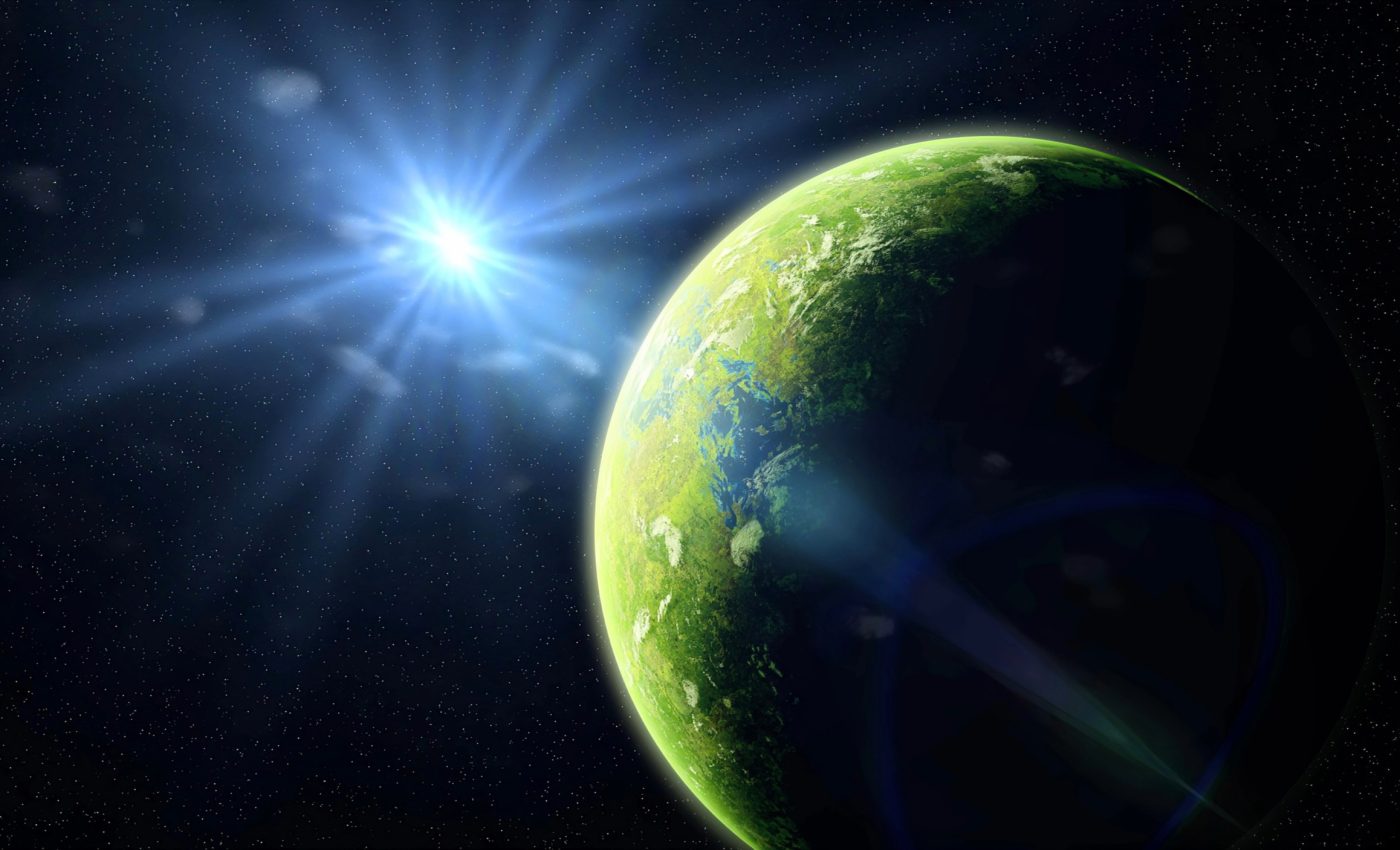
Super-Earths need metal-rich stars to form properly
Super-Earths face significant challenges in forming near metal-poor stars, according to a new study.
This discovery challenges previous assumptions about planet formation and sheds new light on how the universe’s earliest stars may have influenced the distribution of planets in our galaxy.
By using metallicity – the abundance of elements heavier than helium – astronomers can trace the history of stars and planetary systems, offering fresh insights into the conditions needed for super-Earth formation.
Metallicity and planet formation
Metallicity, in astronomical terms, measures the presence of elements heavier than helium within a star.
Stars rich in these elements, like our sun, are younger, while metal-poor stars date back to the early universe.
Previous studies hinted at a gradual decline in planet formation as metallicity decreases, but this new research uncovers a sharp boundary where the formation of super-Earths becomes extremely unlikely.
Study lead author Kiersten Boley recently earned her PhD in astronomy at Ohio State University.
“When stars cycle through life, they enrich the surrounding space until you have enough metals or iron to form planets. But even for stars with lower metallicities, it was widely thought that the number of planets it could form would never reach zero,” explained Boley.
Occurrence rates of super-Earth formation
To test existing predictions, Boley’s team developed a catalog of 10,000 metal-poor stars using data from NASA’s Transiting Exoplanet Survey Satellite (TESS). Based on known trends, they expected to find around 68 super-Earths.
Yet, contrary to expectations, the researchers detected none. “We essentially found a cliff where we expected to see a slow or a gradual slope that keeps going,” said Boley. “The expected occurrence rates do not match up at all.”
This “cliff” extends to nearly half the age of the universe, meaning super-Earth formation became viable only about seven billion years ago.
“Seven billion years ago is probably the sweet spot where we begin to see a decent bit of super-Earth formation,” noted Boley.
Metal-poor stars and super-Earths
The implications of these findings are profound. Stars formed before this metallicity threshold would have lacked the materials needed for super-Earth formation, drastically limiting the number of such planets in our galaxy.
“In a similar stellar type as our sample, we now know not to expect planet formation to be abundant once you pass a negative 0.5 metallicity region,” said Boley.
Implications in the search for life
For those hunting for extraterrestrial life, this discovery refines where to focus the search. “You don’t want to search areas where life wouldn’t be conducive or in areas where you don’t even think you’re going to find a planet,” noted Boley.
The study’s insights into planet formation provide essential clues, ranging from whether a planet can hold water to its magnetic field – key conditions for life.
While the study raises important questions about planet formation, further research is needed. Fortunately, upcoming projects like NASA’s Nancy Grace Roman Space Telescope and the European Space Agency’s PLATO mission will help expand the search for planets in habitable zones.
“Those instruments will be really vital in terms of figuring out how many planets are out there and getting as many follow-up observations as we can,” said Boley.
Understanding super-Earths
Super-Earths are exoplanets that are more massive than Earth but significantly smaller than ice giants like Uranus or Neptune. Despite their name, the planets are not necessarily similar to Earth in terms of conditions or habitability.
The term “super-Earths” primarily refers to their size, which ranges from about 1.5 to 10 times the mass of Earth.
These planets are of great interest to scientists because they are some of the most common types of exoplanets found in our galaxy, even though we don’t have any in our own solar system.
Some super-Earths may be rocky like Earth, with thin atmospheres, while others might have thick, gaseous atmospheres like Neptune. These planets could potentially host liquid water, making them prime targets in the search for life beyond our solar system.
The study was a collaboration between researchers from Ohio State, Caltech, the University of Arizona, McGill University, Penn State, and the University of Southern Queensland, with support from the National Science Foundation and NASA.
The study is published in The Astronomical Journal.
—–
Like what you read? Subscribe to our newsletter for engaging articles, exclusive content, and the latest updates.
Check us out on EarthSnap, a free app brought to you by Eric Ralls and Earth.com.
—–













